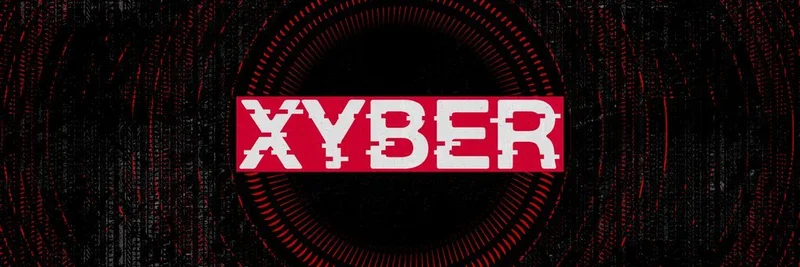Hey there, crypto enthusiasts! If you’ve been scrolling through X lately, you might have stumbled upon an intriguing discussion about blockchain technology, sparked by a tweet from Nick White (@nickwh8te). Posted on July 2, 2025, at 18:12 UTC, this tweet dives deep into the concept of "single sequencers" and what decentralization really means in the blockchain world. Let’s break it down together and see why this conversation matters—especially if you’re into meme tokens or blockchain innovation!
What’s the Buzz About Single Sequencers?
Nick White’s tweet is a reply to an earlier thread where he suggested renaming "centralized sequencers" to "single sequencers." A sequencer, in blockchain terms, is like the traffic cop for transactions on layer 2 networks (think of them as speedier add-ons to Ethereum). These sequencers organize transactions before they’re sent to the main Ethereum blockchain. The catch? When one entity runs the sequencer, it’s called "centralized," which some folks worry could lead to control issues.
In his latest post (check it out here), Nick highlights a key point from Eddy Lazzarin’s response: decentralization is all about control. He breaks it down into two pillars:
- Verifiability: This means no one can mess with the rules of the game. Everyone can check that transactions are legit.
- Censorship Resistance (CR): This ensures no one can block you from using the system. It’s like an open-door policy for transactions.
Nick argues that without verifiability, a blockchain system falls apart. But even without full censorship resistance, you can still build useful apps—like those fun meme token projects we love at meme-insider.com!
Why This Matters for Blockchain Fans
So, why should you care? If you’re into meme tokens or decentralized apps (DApps), understanding sequencers is key. A "single sequencer" might sacrifice some censorship resistance (meaning one party could theoretically ignore certain transactions), but it still keeps the trustless vibe of blockchain intact through verifiability. This balance could make layer 2 solutions faster and cheaper, which is a big deal for scaling projects like meme token launches.
Nick’s take challenges the idea that "centralized" is a dirty word. Instead, he suggests it’s about whether a single party holds too much power. This ties back to Eddy’s earlier point (from this thread) that the goal is a "trustless" system—where you don’t have to rely on any one person or company.
The Bigger Picture: Decentralization Debate
This discussion isn’t just tech jargon—it’s a peek into the future of blockchain. Projects on Ethereum and beyond are wrestling with how to balance speed, cost, and decentralization. For instance, the CoinDesk article on sequencers explains how companies like Coinbase run single sequencers for their layer 2s, earning millions while facing criticism. Nick’s view suggests we shouldn’t throw out the baby with the bathwater—single sequencers can still be part of a decentralized ecosystem if designed right.
Plus, with meme tokens often riding on these layer 2 networks, knowing how sequencers work can help you spot opportunities or risks. Imagine a hot new token launch getting delayed because a sequencer censors transactions—yikes!
What’s Next?
Nick’s tweet has sparked a lively debate, and it’s clear the blockchain community is still figuring this out. Will we see more "trustless" sequencer designs? Could this impact how meme tokens thrive on decentralized platforms? Keep an eye on meme-insider.com for the latest updates as this story evolves!
For now, drop your thoughts in the comments—do you think single sequencers are a step forward or a step back? Let’s yap about it! 😄

